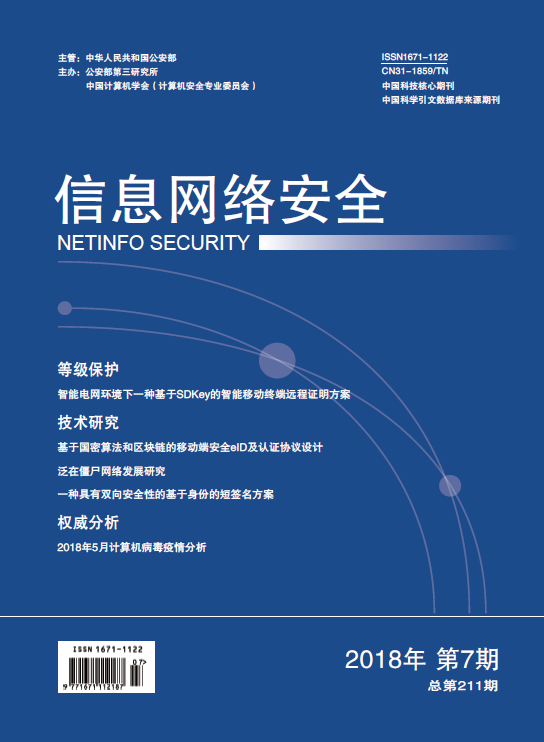The current devices in ubiquitous network are in the early stage of intelligence, resulting in many security issues. In addition, the universally low security consciousness among users and the connectivity of ubiquitous network provide a huge space for malicious codes’ survival, propagation and development. Botnet is one of the most effective attack platforms. However, as the forms and command and control mechanisms change in the ubiquitous network environment, there are new challenges to defenders. This paper, on the basis of making clear the features of ubiquitous network environment, gives the formal definition of ubiquitous botnet, and makes a comprehensive introduction of the mechanism, build process and core technology. Moreover, the paper divides the development of ubiquitous botnet into three stages in chronological order, namely, attacks to PC, attacks to phone and extensive attacks, and analyzes the technical details from spreading infection, survival ability and control management. After a summary of the present defensive countermeasures, possible future attempts are presented.

